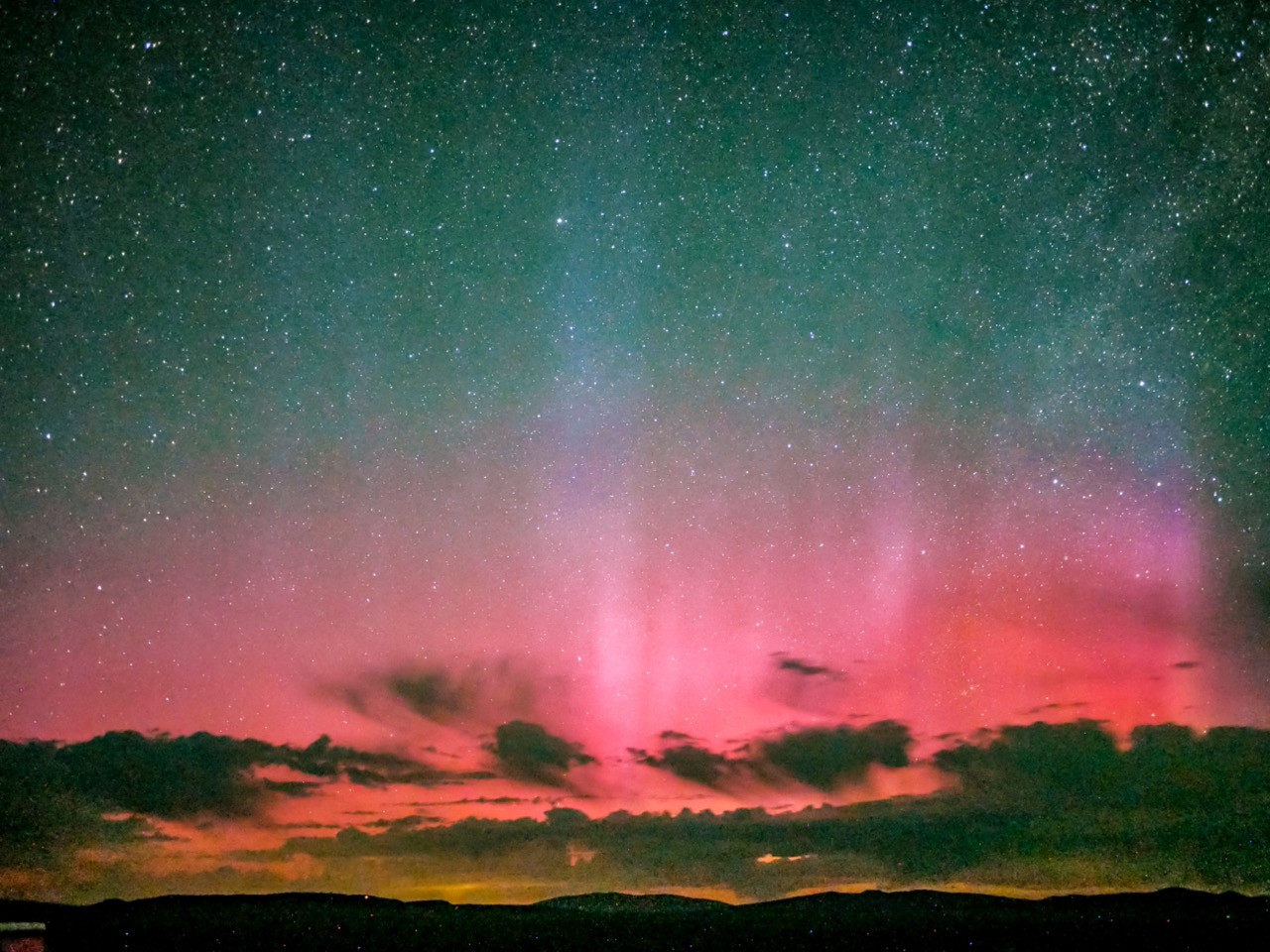
Podcast Episode Summary: Space Weather, Aurora, and Navigating the Night Sky
This week’s episode kicks off with an exciting update on solar activity! The Sun has been exceptionally busy, featuring a strong M-class solar flare and an associated Coronal Mass Ejection (CME) from the impressive Sunspot 4100 on May 31st GMT. This CME has already reached Earth, triggering a powerful geomagnetic storm and stunning aurora displays, even as far south as Northern New Mexico, USA. Listeners are encouraged to check out images and time-lapses of this phenomenon on the SkyLapser Facebook page, SkyLapser YouTube Channel, and the Spaceweather.com gallery.
The forecast for the next 48 hours remains promising for aurora enthusiasts, with a 55% chance of severe storms at mid-latitudes and a 95% chance of major storms at high latitudes. Tips are provided for capturing the aurora, even with a cell phone on a tripod, emphasizing the potential for a “shot of a lifetime” if the clouds cooperate.
Looking ahead, Monday, May 12th, marks the first quarter moon.
In “Astro News,” we delve into two significant topics:
- Discovery of a New Minor Planet: On May 21st, the International Astronomical Union’s Minor Planet Center announced the discovery of 2017 OF201, a trans-Neptunian object (TNO) located beyond Neptune. At 70km in diameter, it’s a substantial find, despite being about a third the size of Pluto. Its 2500-year orbit means it’s only detectable when closest to Earth.
- NASA in Turmoil: The episode highlights recent challenges at NASA, including the withdrawal of Jared Isaacman’s nomination for leadership and the President’s proposed 2026 budget cuts. These cuts, amounting to nearly 50% for the science division, threaten to cancel or halt dozens of missions and projects, raising concerns from the American Astronomical Society and members of Congress about the potential loss of American leadership in science.
Finally, “This Week’s Astro Academy” introduces the art of Star Hopping using the Big Dipper as a celestial guide. Listeners will learn how to use the Big Dipper’s pointer stars to locate Polaris (the North Star) and the handle to “arc to Arcturus” and “speed on to Spica.” The episode also explains how to find Regulus in Leo and Cassiopeia using different Big Dipper alignments, equipping listeners with practical methods to navigate and impress with their newfound astronomical knowledge.

